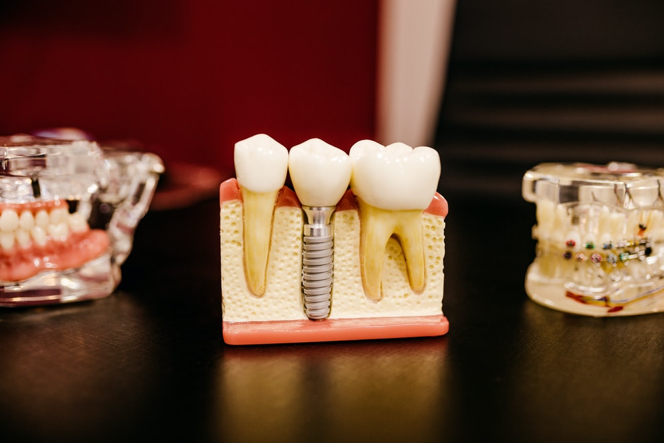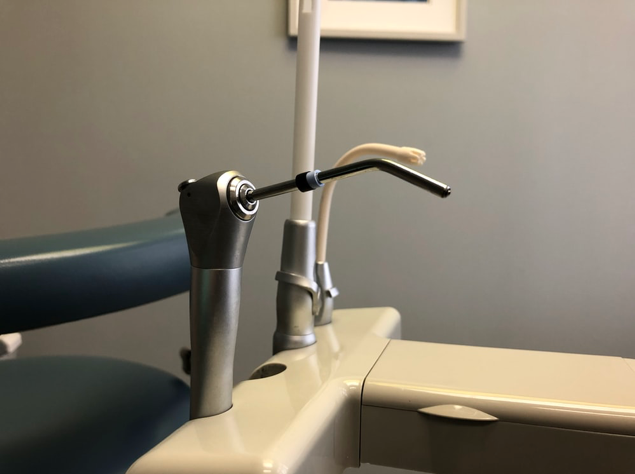What are the tools used in a root canal? The treatment that involves repairing and saving a badly-infected and decayed tooth is a root canal. Deep tooth decay, cracks, large fillings, various dental procedures, or chipping can inflame, irritate, or infect the pulp and the nerves in a tooth. Facial trauma can also be a reason to need a root canal.
While performing a root canal, endodontists remove the pulp and the nerves of your tooth. Then, they clean and seal the inside. If they don’t do so, the tissue surrounding your tooth suffers from infection and swelling.
When the tooth has suffered from damage up until the gums, tooth nerves are not crucial for the function and tooth’s health. The only function that the tooth nerve performs is to provide the sensation of cold and hot. Removing this sensory nerve doesn’t affect the tooth’s function. According to various people, a root canal is a painful procedure. However, a root canal is less painful than a filling.

(Source)
Tools Used for Root Canal
Without visiting an endodontist, your infection inside the tooth will subside. Endodontists use various tools for the root canal procedure. Sure, a root canal is a complex procedure. Nonetheless, endodontists use certain tools that ensure a smooth process.
1. Endodontic Burs
While performing a root canal, endodontists make sure that they have proper burs for treatment. This is the first instrument they use while performing a root canal. The design of this instrument helps the specialist access the pulp chamber. For different situations, different burs are available. Endodontists have an endodontic burs kit that includes all the instruments they need to perform the procedure. These instruments help shape the opening to enhance the visibility and access to the canal. This helps them perform a smooth procedure and generates better outcomes. Endodontists make sure that they use specific size and shape of bur for your condition after analyzing.
2. Root Canal Explorer
They use this instrument to locate the canals. Endodontists need to use endodontic explorers at the beginning of the procedure. To increasing its durability, this instrument has a stainless steel construction. Before using mechanical tools for cleaning and shaping, this tool will help track the issue by hand. Many explorers contain tips at both ends, and feature a design so that Endodontists can easily access the canals.
3. Excavators
Excavators remove the tissue inside the inner area of your tooth. This instrument is similar to a root canal explorer. However, they are both different in sharpness and size. Excavators are sharper and longer than a root canal explorer.
4. Barbed Broach
Barbed Broach is essential to remove decaying dental tissue. Specialists also recognize a barbed broach as a tool that removes large quantities of infected tissue. During the procedure, endodontists require the use of this tool the most. The design allows professionals to use it quickly and so that you feel minimal discomfort.
5. Files and Reamers
Endodontists need these tools during the root canal procedure for cleaning and shaping purposes. At the same time, they can help eliminate infected, damaged, and dead materials from the root canal. This will open the top of your tooth’s root. Files will help shape the tooth to support the filling.
6. Gates-Glidden Drills
To open the canal, endodontists use this type of drill, especially for the molars. This instrument also helps in eliminating gutta-percha during the retreatment of the root canal. Gutta-percha is a material similar to putty, and endodontists use it to fill root canals.
7. Peeso Reamer
A Peeso Reamer includes long sharp flutes. On a thick shaft, you will find a safety tip. Endodontists mostly use this instrument for the coronal area of the root canal for core and post. Specialists also use this instrument to remove gutta-percha during retreatment.
8. Ultrasonic Instruments
These types of tools will uncover the calcified canals and eliminate endodontic and restorative materials from the canal inside the tooth. Ultrasonic instruments emit sounds with high pitch through vibration. You may be surprised to see how these instruments work if you are experiencing it for the first time.

(Source)
Tools Used in a Root Canal: Conclusion
If you are looking for a root canal therapy or suffer from any other dental condition that requires expertise, visit our clinic Bryant Park Endodontics. Sure, these instruments may look dangerous, but in the right hands, ensure a safe procedure.
Our in-house team of endodontic experts has the skills and expertise to handle complicated cases and simple procedures alike. After a thorough consultation, they can recommend a suitable solution for your dental issues so you can enjoy a healthy, pain-free smile.
To make an appointment, contact us:
Young Bui, DDS
30 East 40th Street Suite 1201
New York, NY 10016
646-205-3045
